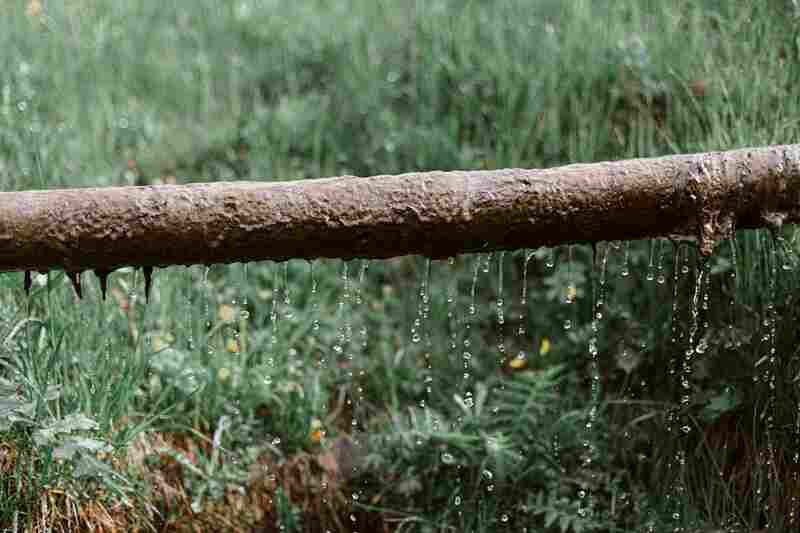Blocked drains are annoying and inconvenient and lead to unpleasant odors, flooding, and structural damage. Fortunately, various DIY solutions and techniques are available to help clear blocked pipes and prevent future blockages. In this article, you will discover some of the most effective methods for clearing a blocked drain.
Identify the Cause of the Blockage
Before attempting to clear the drain, it’s essential to identify the cause of the blockage. This can help determine the most effective solution and prevent future blockages.
Common causes of blockages include:
- Hair, soap scum, and other debris in bathroom drains
- Food scraps, grease, and other materials in kitchen drains
- Tree roots, leaves, and other outdoor debris in sewer pipes
Once you’ve identified the cause of the blockage, you can choose the best solution for clearing the blockage.
Chemical Drain Cleaners
Chemical drain cleaners are one of the most common solutions for clearing blocked drains. These cleaners dissolve the blockage, allowing it to flow through the pipes. However, chemical drain cleaners can be harsh and damage pipes, especially if used repeatedly. They can also harm the environment and may pose a risk to children and pets.
If you use a chemical drain cleaner, follow the manufacturer’s instructions carefully and use protective gear such as gloves and goggles. Avoid using chemical drain cleaners on old pipes or pipes in poor condition.
Plungers
Plungers are a simple and effective tool for clearing blocked drains. They create suction to dislodge the blockage and allow it to flow through the pipes. Plungers are most effective on bathroom and kitchen sinks and toilets.
To use a plunger:
- Place it over the drain, push it down firmly, then pull it up quickly.
- Repeat several times until the blockage is cleared.
- Use a plunger designed for the drain you are cleaning, as there are different plungers for sinks, toilets, and showers.
Augers and Snakes
Augers and snakes are tools designed specifically for clearing blocked drains. They work by inserting a flexible cable into the drain and turning it to dislodge the blockage. Augers and snakes are most effective on larger blockages such as tree roots or solid objects.
To use an auger or snake, insert the cable into the drain and turn the handle to work it through the blockage. Once the backup is cleared, slowly remove the cable while continuing to turn the handle to prevent it from getting stuck.
Hydro Jetting
Hydro jetting is a high-pressure water jetting system used to clear blocked drains. It uses a specialized nozzle that sprays water at high pressure to dislodge the blockage and flush it out of the pipes. Hydro jetting is effective on all types of obstacles, including tree roots, grease, and solid objects.
Hydro jetting is typically performed by a professional plumber, requiring specialized equipment and expertise. However, some home improvement stores offer rental hydro jetting equipment for DIY use.
Preventing Future Blockages
Once you’ve cleared a blocked drain, preventing future blockages is crucial.
Some effective preventative measures include:
- Using drain covers to catch hair and other debris in bathroom sinks and showers
- Avoiding pouring grease and food scraps down kitchen sinks
- Regularly cleaning gutters and downspouts to prevent outdoor debris from entering the sewer pipes
Calling professional services
Despite these helpful tips and tricks, you should call a professional plumbing service sometimes. Experienced plumbers can identify any underlying issues that may have caused the blockage, such as tree roots or a collapsed pipe, and address them to prevent future blockages. By calling in a professional, you can ensure that your blocked drain is adequately cleared and your plumbing system is restored to optimal functioning.
Following the tips and techniques discussed in this article can effectively clear a blocked drain and prevent future blockages. It’s essential to identify the cause of the blockage before choosing a solution and to take steps to avoid future blockages. Whether you use chemical drain cleaners, plungers, augers, snakes, or hydro jetting, follow the manufacturer’s instructions carefully and take appropriate safety precautions.


